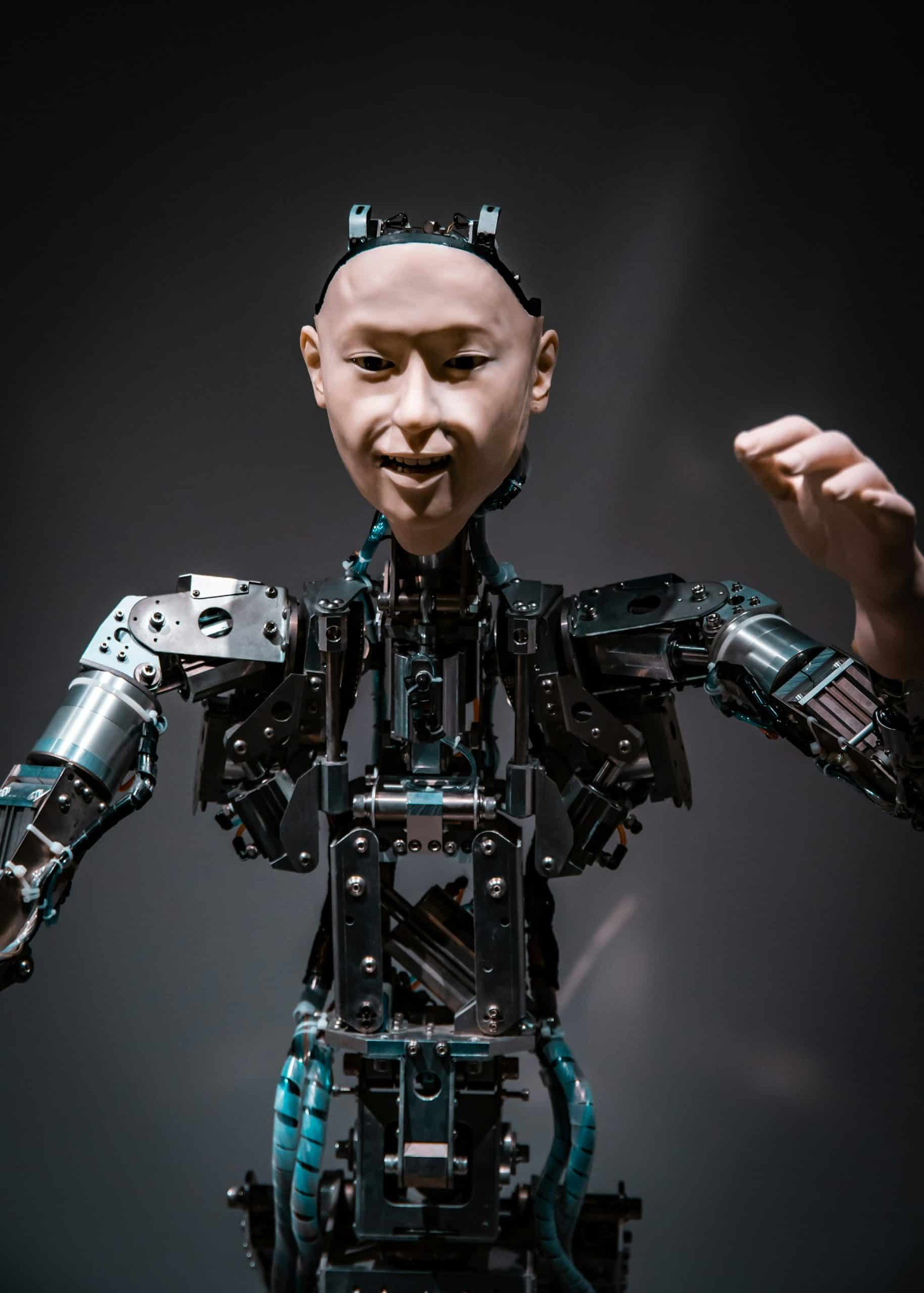In this fast-paced digital world, accessibility is a fundamental human right. As technology advances, people with disabilities have been gaining unprecedented access to the digital universe. Voice-activated personal assistants, such as Google Assistant, are playing a significant part in this revolution. Let’s delve into how these smart devices are improving accessibility for people with diverse abilities, shaping an inclusive digital world.
Voice Technology as an Essential Assistive Tool
With the advent of voice recognition technology, the digital landscape has become more accessible to people with disabilities. Individuals who struggle with physical or cognitive impairances can now interact with technology using speech instead of manual input.
A lire en complément : What’s the Potential of Smart Bandages for Chronic Wound Management?
Voice assistants like Google Assistant, Amazon’s Alexa or Apple’s Siri, are equipped with speech recognition and natural language understanding capabilities. These digital assistants respond to voice commands, thereby giving users a hands-free control of smart devices. This allows those with mobility issues, visual impairments, or cognitive disabilities, who might find traditional input methods challenging, to access digital content, data, and services.
Voice technology is proving to be an effective assistive tool, empowering people with disabilities to live more independent lives. They can now perform tasks like sending emails, making phone calls, setting reminders, or controlling smart home appliances using just their voice.
A lire également : Can AI-Driven Systems Detect Early Signs of Parkinson’s Disease Through Speech?
Google Assistant: A Scholar for Accessibility
Google, a tech giant known for its innovative solutions, has been at the forefront in making its products more accessible for all. Google Assistant is a stellar example of how technology can be harnessed to bridge the accessibility gap.
Google Assistant uses speech recognition technology to process voice commands. It can understand, interpret, and respond to spoken instructions, making it an ideal tool for people with disabilities. Users can control their smart devices, access information, or manage daily tasks with simple voice commands.
This tech scholar has also embraced multilingual capabilities, allowing people who speak different languages or those who use sign language to interact with it. This means that individuals, regardless of their language proficiency or physical capability, can use Google Assistant to navigate the digital world.
Smart Devices: An Extension of Voice Assistants
Smart devices, controlled by voice, are serving as personal assistants to individuals with disabilities. These devices range from smart speakers, smart TVs, smart thermostats, to smart lights, among others.
Voice control is not just a cool feature for these devices; it is an accessibility lifeline for those who find it hard to use traditional control methods. For instance, users who have motor disabilities can adjust the room temperature using a smart thermostat or change the TV channel using a smart TV, all controlled by voice.
Additionally, these smart devices can be interconnected to create a smart home ecosystem. This allows users to control various aspects of their home environment using a single device, like a smartphone, thereby making life more comfortable and accessible for people with disabilities.
Speech Recognition: The Engine Behind Voice Assistants
The backbone of voice assistants is the speech recognition technology. It is the engine that powers these digital tools, making them responsive to human speech.
Speech recognition technology involves the conversion of spoken words into text or commands that the device can understand. This technology is not only making voice assistants more efficient but also improving their accessibility for people with disabilities.
Advanced speech recognition algorithms are capable of learning and adapting to the unique speech patterns of different users. This adaptability factor makes voice assistants a useful tool for individuals with speech impairments. They can interact with devices that understand and respond to their unique way of speaking, which wasn’t possible with earlier technologies.
The Future of Voice Technology and Accessibility
Voice-activated personal assistants have opened a new frontier in the quest for digital accessibility. They have created a world where technology is becoming more inclusive, adaptive, and responsive to the needs and capabilities of people with disabilities.
The future holds even more promise. With advancements in artificial intelligence and machine learning, voice assistants will become smarter and more intuitive. They will be able to understand and respond to a wider range of user commands, making them more accessible.
As technology evolves, the focus on accessibility should remain a priority. After all, the true measure of any technological innovation lies in its ability to level the playing field and empower all individuals, regardless of their abilities or disabilities.
Assistive Technology: The Role of Artificial Intelligence and Machine Learning
While voice recognition technology has undoubtedly been a game-changer for individuals with disabilities, it is the application of artificial intelligence (AI) and machine learning (ML) that takes the utility of voice-activated personal assistants to the next level.
AI and ML are the linchpins of smart technology. They enable voice assistants like Google Assistant, Alexa, and Siri to process and learn from vast amounts of data, thereby improving their ability to understand and respond to voice commands. They use complex algorithms to discern speech patterns, nuances, and contextual cues, making voice interactions more natural and intuitive.
Believe it or not, AI-powered voice assistants are not just passive recipients of commands. They actively learn from their interactions with users, adapting their responses over time to suit individual preferences. This is particularly beneficial for people with cognitive disabilities, as the virtual assistant can tailor its responses to match the user’s cognitive abilities, thereby making technology more accessible and user-friendly.
Furthermore, AI and ML play a significant role in enhancing the multi-lingual capabilities of voice assistants. They help in understanding different languages, dialects, and accents, thus ensuring that language barriers do not impede digital accessibility.
In essence, artificial intelligence and machine learning are revolutionizing the world of assistive technology, making voice-activated personal assistants more capable and versatile in assisting individuals with disabilities.
Conclusion: The Impact and Potential of Voice-Activated Assistants for Individuals with Disabilities
In conclusion, voice-activated personal assistants, powered by advanced technologies like voice recognition, artificial intelligence, and machine learning, are making significant strides in improving digital accessibility for individuals with disabilities.
These smart tools are not just making technology more inclusive, but they are also giving individuals with diverse abilities a sense of independence and control over their lives. They are able to send emails, conduct searches, control smart home appliances, and even manage their schedules using simple voice commands.
Moreover, as smart technology continues to evolve, the role of voice assistants in enhancing accessibility will undoubtedly grow. We can expect voice assistants to become more intuitive, understanding a broader range of voice commands, and even predicting user needs based on past interactions.
The journey towards a fully accessible digital world is still ongoing, and voice technology is a significant step in the right direction. It embodies the potential of technology to empower all users, regardless of their abilities or disabilities, fostering a digital environment that is as inclusive as possible.
The future indeed looks promising. Let’s hope that as technology evolves, it continues to uphold the basic human right of accessibility, ensuring that no one is left behind in this digital revolution. After all, the ultimate goal of any technological innovation should be to create a world where everyone can participate fully and equitably.






